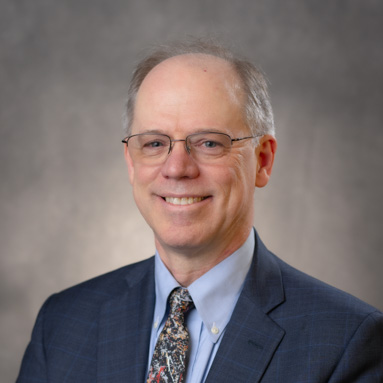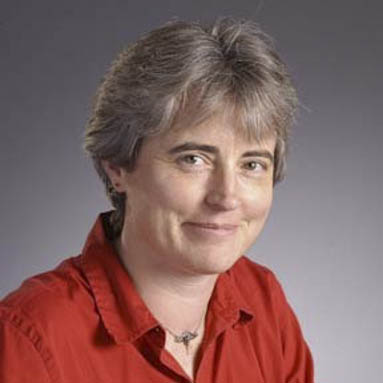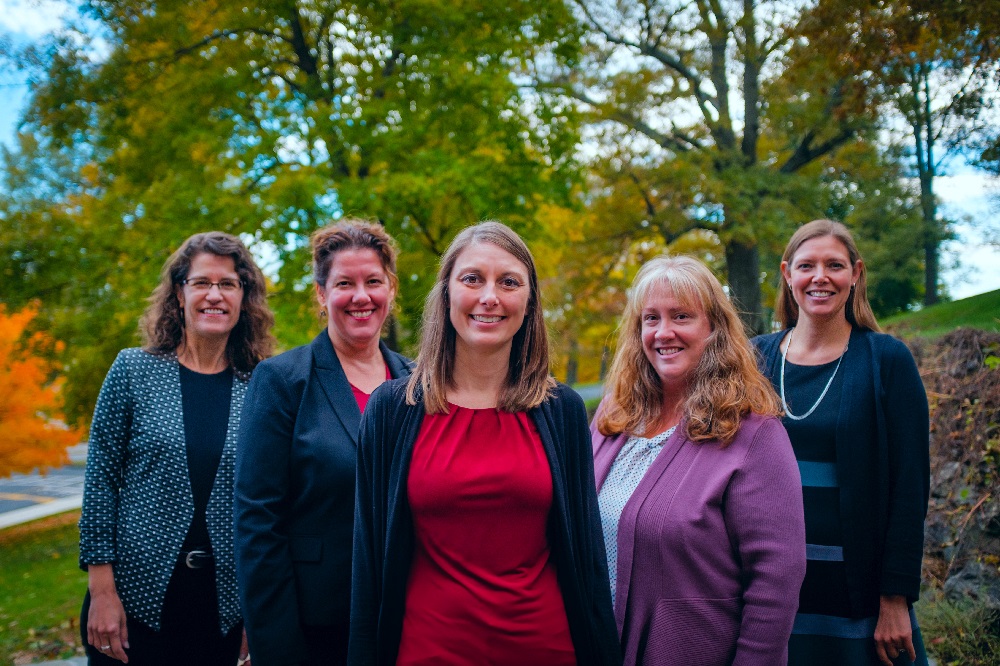According to a 2016 Times Higher Ed/Wall Street Journal article on college rankings, “Where Great Research Meets Great Teaching,” Worcester Polytechnic Institute was #1 among “schools that do the best in combining scholarly research with classroom instruction:
“Some schools hire brilliant professors whose research expands the boundaries of their academic discipline. Others attract great teachers who inspire and engage their students. A handful, like Worcester Polytechnic Institute in Massachusetts … can boast they offer both.”
So when it comes to promotion and tenure, what’s most valuable? Research and scholarship? Teaching and advising students? Mentorship and leadership? Truth be told, at WPI it hasn’t been entirely clear which areas are most highly valued and what type of achievements help pave the path for career advancement.
But that’s changing.
While tenure and promotion are two separate processes, they both need clear expectations and guidelines. WPI’s participation in the national COACHE survey of faculty several years ago showed that although WPI’s tenure process was well regarded, its promotion process was not. So faculty, working with administration, set out to make some important changes in evaluating the criteria and procedures for promotion to full professor with the intent of making it more equitable and transparent. More clearly defined wording and expectations and a new prominence given to varied forms of scholarship have helped align the promotion system with the university’s values.
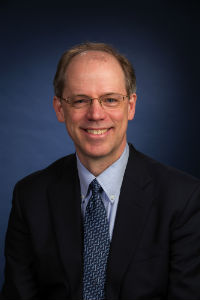
Sticking points frequently mentioned in the survey, says Peter Hansen, professor of history and director of international and global studies, focused on the unclear, or “foggy” criteria necessary to receive promotion. Faculty members weren’t sure when they were considered qualified enough to get a promotion—compounding the problem was a lack of guidance as formal mentoring stopped once faculty received tenure.
Clarifying Criteria
“To become a full professor in the past, high-quality teaching and scholarship were important, as was leadership in one of those two areas,” says Hansen. “But people didn’t know what leadership meant.”
With an organized approach, faculty members began reviewing the promotion process in 2014 and voted it into policy in April 2017. “The new criteria were all faculty-driven,” says professor of physics Nancy Burnham. “They saw a problem and took a couple of years to talk it through and formulate ideas and make drafts for people to comment on and review.”
They also addressed transparency within the process. Previously a first meeting for promotion included a six-member committee, the person who nominated the faculty member, and an advocate. Then a second meeting, for voting, was held with just the six committee members present. Now the process includes the nominator and the advocate at the second meeting, although they do not vote. “My experience is that people were fair before,” says Hansen. “Now they are fair and everyone knows it.”
In the end, the introduced changes define a broader range of the scholarship that is essential to achieving promotion. Burnham says there’s a distinct message that matters. “In the old criteria, the operative word was leadership,” she says. “In the new process, the operative words are external impact.”
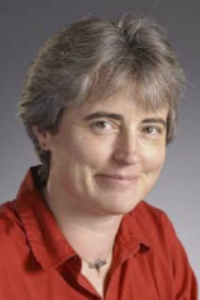
Rather than being more narrowly defined as published works or funding awards, the new criteria define scholarship in five categories:
- Scholarship of discovery: creation of new knowledge, demonstrated in publications and presentations
- Scholarship of integration: interpretation and analysis of existing knowledge
- Scholarship of application and practice: the application of knowledge to address important individual, institutional, and societal problems
- Scholarship of teaching and learning: development and improvement of pedagogical practices that are shared with others
- Scholarship of engagement: collaborative partnerships with communities for the mutually beneficial exchange of knowledge and resources
Systemic Changes for a Clearer Path
A more robust system of mentoring was also recommended to help faculty at all career levels find their footing and make the career choices that will align with their goals. A recent $1 million National Science Foundation ADVANCE grant awarded to a WPI team is separately examining how to best help female faculty prepare for and be awarded promotion. Though the grant has an emphasis on female faculty since they have been underrepresented as full professors, its broader goal is to institutionalize systemic changes that will benefit all faculty.
According to Burnham, WPI falls into a middle ground compared to promotion criteria at other universities. It doesn’t look just at the dollar amounts of external funding by faculty members with less emphasis on teaching, as some bigger research universities tend to do. But it also doesn’t value high-quality teaching with an expectation of little or no research, like smaller universities might. Instead, for tenure and promotion WPI’s faculty members are expected to engage in high quality scholarship and also to work closely with and be available to the students. The balanced path is what faculty members here want, but the narrower emphasis on the scholarship of discovery at other institutions can make the promotion process less clear.
As Hansen explains, clear criteria are essential for faculty so they can plan. “You can be an excellent teacher but still can’t get tenure without publishing or getting research grants,” says Hansen. “And that’s appropriate. You should be able to do what’s required in your field.” Many faculty perceived the old promotion criteria as giving greater weight to traditional forms of the scholarship of discovery. But if a faculty member did integrative or applied scholarship, or other kinds of significant, transformative, original work, those contributions were discounted in the old system.
At WPI even faculty members who spent months advising at the university’s innovative global project centers or revamping an entire curriculum could not count on that work to achieve forward career motion. The inclusive definition of scholarship in the new criteria combines or cuts across traditional categories of teaching, scholarship, and service, which means that faculty have multiple pathways to demonstrate external impact if their work is disseminated and recognized externally.
Long-lasting Change
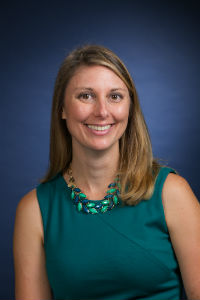
According to Jeanine Skorinko, professor of psychology and principal investigator on the NSF ADVANCE grant, the implementation of the changes requires a concerted approach. “If we work hard at implementation and getting everyone on board, it affects the whole system,” she says. Once everything is put in place, the faculty know how to get ready to apply for promotion and the internal and external evaluators know how to evaluate it, she says. “The grant is to help us capitalize on these new criteria and make sure we know how to evaluate them—this includes everyone from COAP to department heads and faculty to external evaluators. We know why it’s valued and how to value it.”
“I am glad we did all this,” says Burnham. “We took the time and the effort to recognize the people who make contributions whether they are in traditional ways or not.” Burnham and Skorinko were each promoted to full professor this year.
“Now it’s ok if you want to do that route but there are also others ways to contribute,” says Burnham. “I always did what I thought was important. It’s rewarding to finally have that honored.”
- by Julia Quinn-Szcesuil

